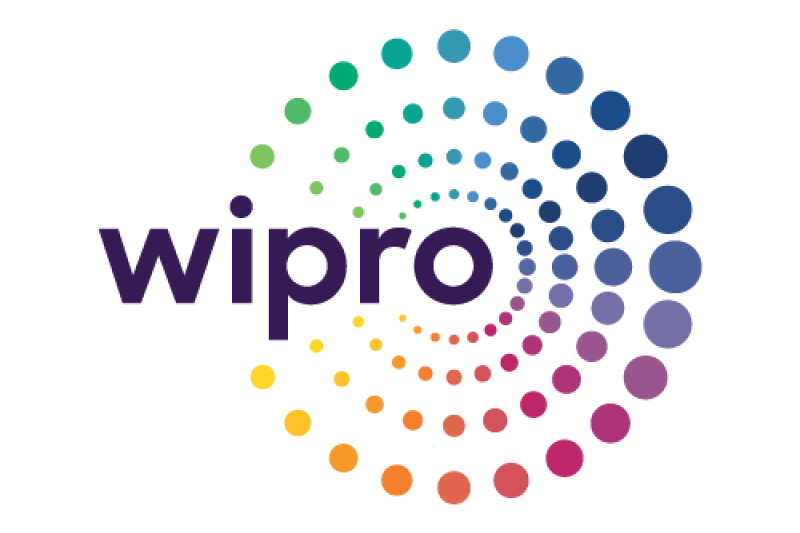
Addressing the challenges of scope 2 emissions reporting
10th Jun 2022
A statement on the use of renewable energy certificates.
The role of renewable energy certificates (RECs) in reporting against scope 2 emissions has been in the news this week, with the publication ofBjørnet al’s paper in Nature Climate Change.
The Science Based Targets initiative’s (SBTi) approach to the use of instruments, including energy attribute certificates, is based on theGreenhouse Gas Protocol’s (GHGP) scope 2 guidance. This requires companies to report their scope 2 emissions using two approaches:
- A ‘location-based’ approach that reflects the average emissions intensity of the local grids on which energy consumption occurs.
- A ‘market-based’ approach that reflects emissions from electricity generation that companies have purposefully chosen, enabling businesses to use their purchasing power to accelerate the deployment of renewable energy.
At the SBTi, we believe that both accounting methods play an important and complementary role. However, we also share the growing concern about companies using low-impact instruments to reduce scope 2 emissions in their books without driving real-world change.
This isn’t a challenge that’s unique to the SBTi but it’s one that the SBTi has committed to address. We're doing this through collaboration with the GHGP, boosting transparency about how companies meet their targets, and assessing whether there’s a need for updated scope 2 criteria.
You canread more about how we’re doing this in our blog from May 2022.我们欢迎Bjørn的关注这个话题et al’s paper has brought, and the opportunity to collaborate with key stakeholders to identify the best ways to ensure the impact of scope 2 emission reductions and corporate renewable electricity procurement.



